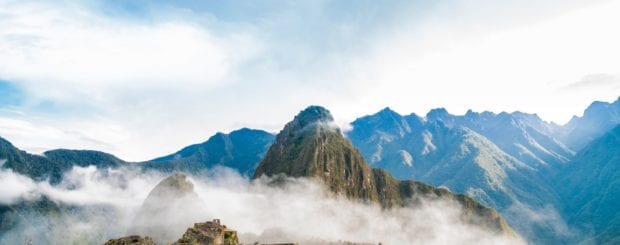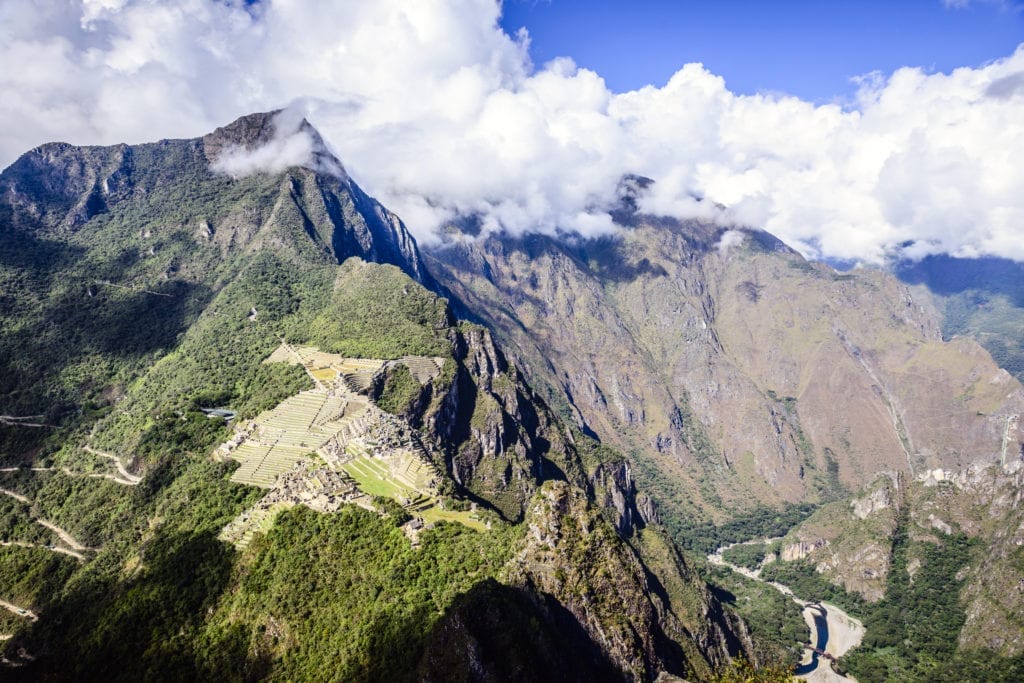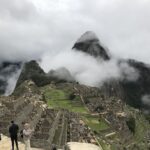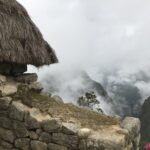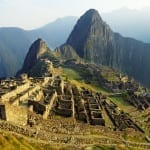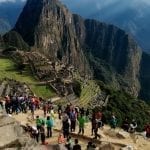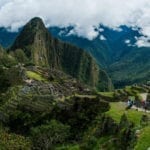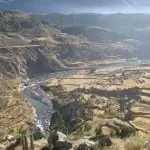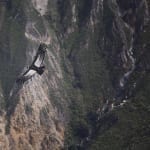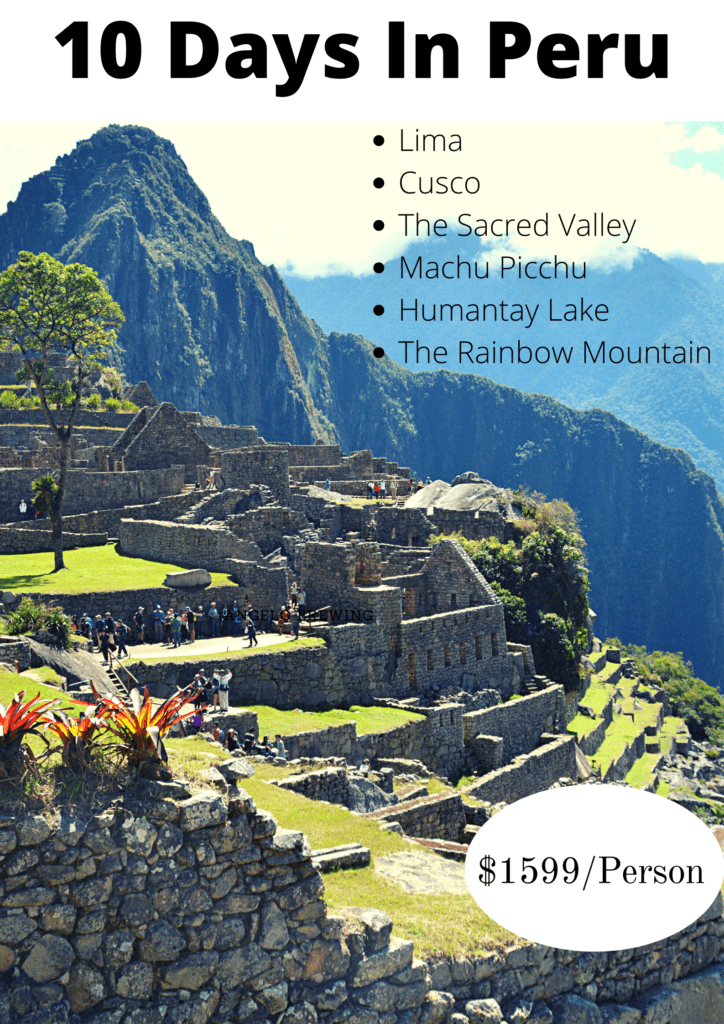The Language Of The Inca
James Bustamante is Native to New York but born to Peruvian parents. He has been traveling throughout Latin America since early 2003 and finally made his home in Peru. James has made his way by eating and traveling through almost every country in Central and South America.
Last Updated on February 10, 2021 by James Bustamante
Most people won’t know that the language of the Inca was actually “Quechua”. This South American language has roughly 12 million speakers throughout the Andes as well as the Amazon rainforest.
Quechua is actually still spoken today and is part of regular everyday life to many. It represents a vast history as well as cultural relevance to the millions of Quechua speakers since it dates even further back than just the Inca ancestors.
Many of the guides in Cusco will actually speak Quechua, most if not all the porters on the 4 day Inca trail will speak this ancient Inca language as well.
The Language of The Inca Empire
Cusco was at one point the capital of the extensive Inca empire which ranged throughout all of South America.
If you visit the city of Cusco today you will find a mix of cultures and many locals that still speak Quechua, The Language of the Inca.
Quechua can also go by a different name, some call it “Runa Simi” and that translates roughly to “the people’s language”.
As mentioned before, this language of the Inca is spoken quite extensively throughout South America. It actually has several distinct dialects within what is considered Quechua.
So far between the dialects spoken in the Andes and the Amazon regions, we can count up to 45 different dialects in total.
The Peruvians that live in Cusco and the surrounding areas are said to speak the purest form of Quechua, meaning that it has not changed much in regards to how the Inca used this language.
The Peruvian Academy of the Quechua language believes that in pre-Columbian times the Quechua spoken in Cusco was spoken by Inca nobility, giving Cusco a direct connection to the Inca empire.
The Origins of Quechua

The general belief is that the Quechua language had already been spoken for over a thousand years before the Inca became the dominant tribe in South America.
The Inca promoted the use of this language throughout the continent as they conquered more land throughout the Andean region.
By the early 1,400’s Quechua had become the official and dominant language in Cusco thanks to the Inca rulers.
As the Inca civilizations also moved their empire into other parts of Peru, Quechua became a more common language in the country.
The Inca Empire was very organized, this helped them expand and ultimately flourish up to yeah 1533.
While the Inca ruled most of the continent they introduced a type of public service called “Mita” which basically allowed entire tribes to be moved around from one region to another.
The Inca used “Mita” to manage groups that might appear rebellious or difficult to manage. This would allow them to be moved to a region where they might be closely monitored or an outside region where they would not be a problem.
This also allowed the Inca to move loyal Quechua speakers into a newly acquired territory. Many times this method was used in order to move large armies around the country.
Quechua and The Spanish Language
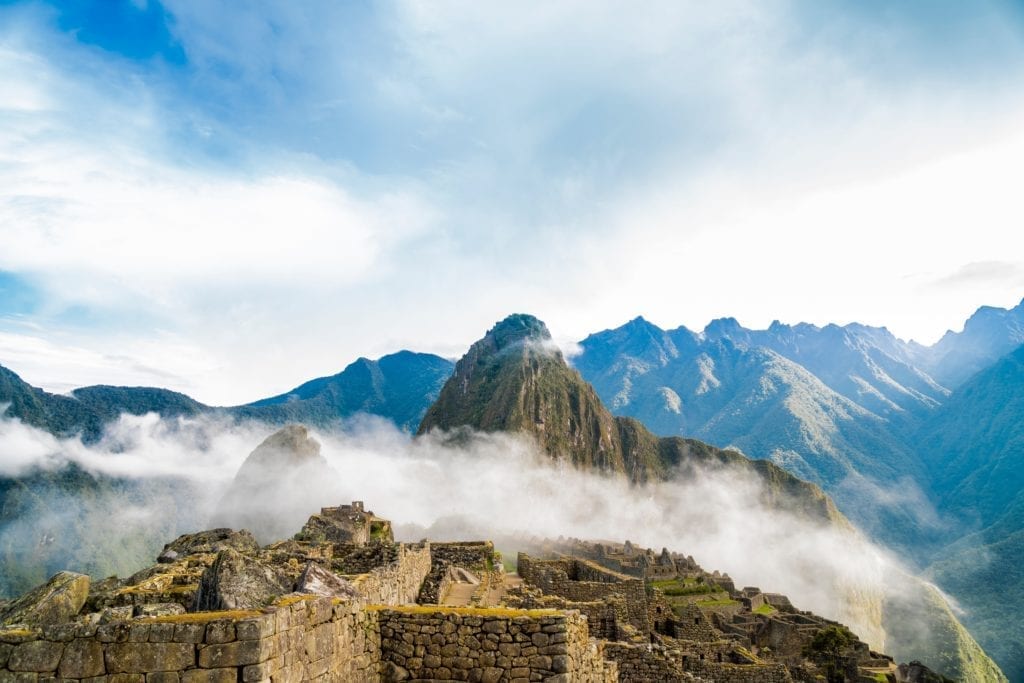
The Language of the Inca had already propagated as far as Colombia on one side, Brazil on the other, and Argentina down south before the Spanish arrival in the 1,500’s.
As far as anyone can tell, The “Conquistadores” were the first to have a written version of Quechua.
The Spanish used the Latin alphabet to write down the language of the Inca in order to have a basic guide for communication purposes.
The first appearance of Quechua in actual writing can be traced back to a dictionary in the year 1560.
This first dictionary of the language of the Incas was published by Domingo de Santo Tomas, a Spanish missionary.
Domingo de Santo Tomas spent nearly 20 years learning Quechua before he finally finished this first publication called “Grammatical o Arte de La Lengua General de Los Indios de Los Reynos del Peru’ or loosely translated to Grammar of Art of the General Language of the Indians of the Royalty of Peru.
Quechua’s Influence in Peru
The Inca language of Quechua had a big influence on how Spanish is spoken in Peru. There are a variety of words that are used in everyday Spanish (in Peru) that derive from Quechua such as the word “palta” which translates to avocado.
You won’t find the word “palta” in other Spanish speaking countries, they instead will use the word “aguacate”. This sets Peruvian Spanish apart in many ways and also references how deep the Quechua bonds are for this country.
Another very popular example that comes from the language of the Inca would be the word “Cusco” which is the Quechua word or “navel”. To the Inca, Cusco was the navel or center of the world.
There is also a list of Quechua words used in English, these were originally passed from Quechua to Spanish and finally into the English language.
Some examples are what you might suspect such as the “llama” and the word “coca” but did you know that the words “Puma” and “Condor” also originate from the language of the Inca.
Peru and Quechua Today
If you looked into what Quechua is in Peru today you would find the most widely spoken indigenous language. The language of the Incas is actually one of the official spoken languages in Peru and it is used in many rural areas around the country.
If you wanted to find the biggest communities where Quechua is spoken you would need to head to the southern and central highlands in Peru.
A whopping 13% of locals from those regions speak Quechua but this is nothing when you factor in that 46% of the people from Cusco speak the language.
When you are on your way to travel to Machu Picchu and stop in Cusco you’ll notice that several of the locals will speak Spanish as well as Quechua with each other.
Travelers Note: You will also be surprised that many of these people also speak fluent English in addition to Spanish and Quechua so don’t be afraid to interact with the locals.
It isn’t all positive news for the language of the Incas. Unesco officially considered Quechua as a vulnerable language since the number of native speakers has been falling quite sharply as the years pass.
Spanish has become a much more dominant language in these regions. Since Quechua is, for the most part, an oral language, Spanish remains the main language in Education as well as politics in Peru.
The fact is that many speakers of Quechua are illiterate and can’t read or write in their native language. For this main reason, Spanish is used for education in these highland and amazon regions.
Quechua presents many difficulties for the locals that still speak the language of the Inca. On one hand, many take great pride in their roots and how this version of Quechua was actually spoken by Inca of the highest royalty.
On the other hand, Spanish is a more broadly used language and many just feel it is easier to simply drop Quechua altogether.
Speak Quechua Right Now
If you want to learn a few words before heading to Cusco or if you are just in the mood to practice the ancient language of the Inca below we have some common and useful phrases for you to try saying. You never know when you’ll be in some small village in rural Peru.
| Quechua | Pronunciation | English |
| Allianchu | eye-eee-anch-ooo | Hello, how are you? |
| Allianmi | eye-eee-on-meee | Fine, thank you |
| Sulpayki | sool-pay-ki | Thank you |
| upananchikama | two-pan-anchis-kama | Goodbye |
| Palta | paaa-l-ta | Avocado |
| Yakuta | yaa-cut-a | water |
| Jaika chanin | Hi-ka-cha-neen | How much? |
Remember that the best way to become immersed in this ancient language the Inca used is to come to pay the locals a visit, on your way to your Machu Picchu hike.
Frequently Asked Questions About Quechua, The Language of the Incas
What language did the Inca speak?
The language the Inca used to communicate is called “Quechua”.
Was Quechua a written language?
No, Quechua is considered an oral language. The Inca and the cultures before it did not write down Quechua.
Were the Inca the first to speak Quechua?
No, the Quechua language was used already by tribes and communities that existed well before the Inca.
How far was Quechua spoken?
Quechua at one point was spoken throughout all of South American due to the Inca empire conquering large portions of the continent.
What does Cusco mean?
Cusco is Quechua for the navel. The Inca considered Cusco to be the navel or center of their world.
Can I learn Quechua today?
Yes, there are various courses online and institutes that teach the language of the Inca.
Is Quechua still spoken today?
Yes, there are large communities that still speak Quechua throughout Peru. These communities are focused on the highlands and the Amazon rainforest. In total there are around 12 million Quechua speakers around the world.
